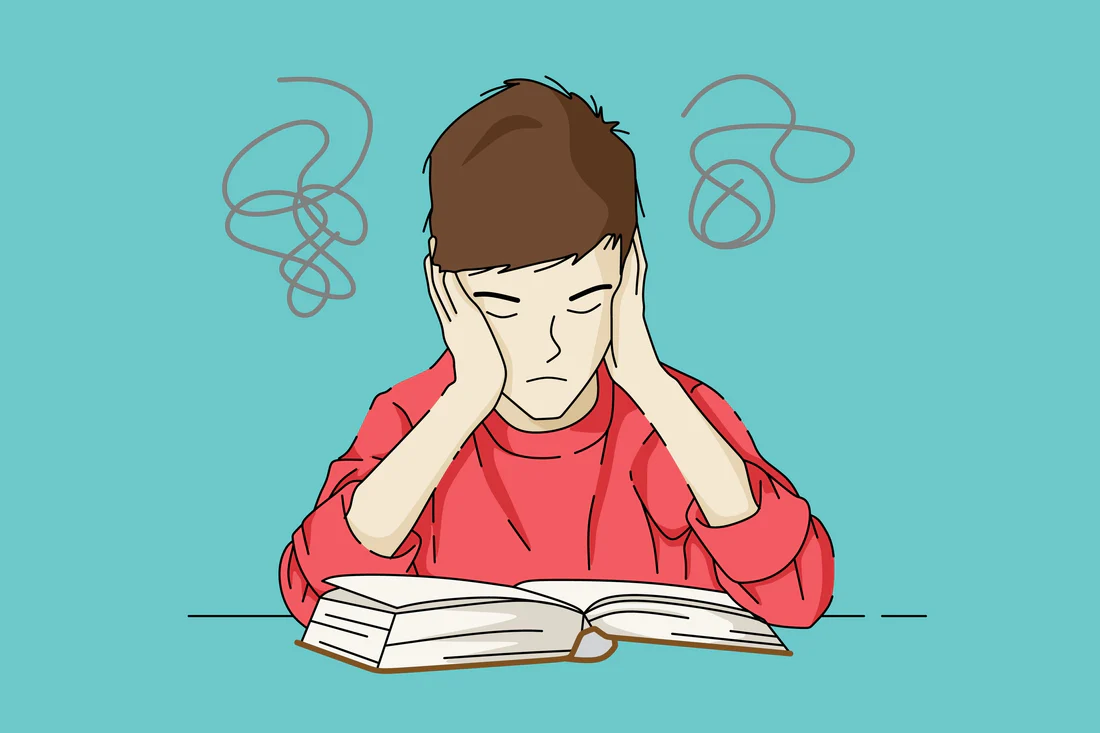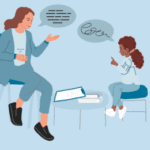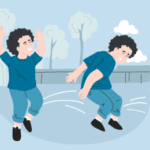
Neurodevelopmental Disorders & Learning Differences
- Dyslexia in Children: Symptoms, Causes & Best Therapies
- Dysgraphia in Children: Symptoms, Diagnosis & Treatment
- What Is Dyscalculia? Symptoms, Causes & Treatment
- Specific Learning Disorder with Impairment in Reading | Symptoms, Treatment & Therapists Near You
- Nonverbal Learning Disorder (NVLD): Symptoms, Causes & Therapies
- What Is Giftedness in Children? Signs, Support & Therapists
- Language Processing Disorder in Children: Signs, Therapy & Support
- Language Disorders in Children: Signs, Types & Therapy
- Delayed Speech in Children: Causes, Signs, and Therapy Options
- Executive Function Disorder in Children: Signs, Support & Therapy
- Apraxia of Speech in Children: Signs, Diagnosis & Therapy
- Understanding Intellectual Disability in Children: Signs, Support & Therapies
- What Is Twice-Exceptional (2e)? Signs, Challenges & Support for Gifted Children with Disabilities
- Global Developmental Delay (GDD)
Dyslexia in Children: Symptoms, Causes & Best Therapies

Authored by: The DrSensory Editorial Team
Reviewed by: 🛡️ DrSensory Clinical Review Board
Last updated: June 2025
Dyslexia: Understanding, Treating, and Supporting Your Child
What Is Dyslexia?
Dyslexia is a neurologically-based learning disorder that primarily affects the development of reading, spelling, and writing skills. It is not a sign of low intelligence—many individuals with dyslexia are highly intelligent and creative, but need specialized approaches to reading and language learning.
Common Signs and Symptoms of Dyslexia
Early identification is key to intervention. Common signs include:
- Difficulty learning letter names and sounds
- Trouble rhyming or breaking words into syllables
- Slow or inaccurate reading
- Poor spelling and inconsistent writing
- Avoidance of reading or writing tasks
- Family history of reading or language difficulties
These signs often appear in preschool or early elementary years, but many children go undiagnosed for years.
Causes and Risk Factors
Dyslexia often runs in families and is linked to differences in brain structure and function that affect how language is processed. Key risk factors include:
- Genetic predisposition
- Language delays in early childhood
- Poor phonological awareness
- Co-occurring conditions such as ADHD or dysgraphia
Understanding the root neurological and sensory components is critical for effective treatment.
How Dyslexia Is Diagnosed
A comprehensive evaluation may include:
- Standardized reading and language assessments
- Cognitive and phonological processing tests
- Speech-language evaluations
- Input from teachers and caregivers
- Visual and auditory processing assessments
SLPs often play a central role in identifying dyslexia and tailoring intervention plans.
Evidence-Based Therapies for Dyslexia
Dyslexia is highly manageable with the right support. Treatments are often multi-disciplinary and include:
✅ Speech-Language Therapy (SLP)
- Phonological awareness training
- Decoding strategies
- Language comprehension support
- Fluency and vocabulary development
✅ Occupational Therapy (OT)
- Visual-motor integration
- Executive functioning and attention
- Classroom accommodations and handwriting support
✅ Physical Therapy (PT)
- Core strength and postural support for sustained attention during seated tasks
- Gross motor development, especially when linked to dyspraxia or sensory processing challenges
✅ Multisensory Reading Programs
- Orton-Gillingham
- Wilson Reading System
- Barton Reading & Spelling System
These programs are most effective when delivered by trained professionals in one-on-one or small group settings.
Dyslexia and Co-Occurring Disorders
Many children with dyslexia also face challenges with:
- Dysgraphia (writing difficulty)
- ADHD (attention and impulse control)
- Sensory Processing Disorder
- Anxiety related to academic struggles
Holistic care often involves multiple specialists, which DrSensory’s database is designed to support.
At-Home Strategies for Parents
- Read aloud daily using audiobooks or paired reading
- Use colored overlays or larger fonts
- Break homework into small, manageable tasks
- Explore text-to-speech and speech-to-text tools
- Practice phonics games and word puzzles
Remember: Consistency and encouragement are essential.
🧑⚕️ Find Dyslexia Specialists Near You
Whether you’re just starting to explore concerns or ready to build a treatment team, DrSensory is here to help.
✅ Search by ZIP code or specialty
✅ Access verified OTs, SLPs, and PTs
✅ Filter by insurance or teletherapy options
✅ Completely free to use
📣 For Therapists: Grow Your Practice
Are you an OT, PT, or SLP who supports children with dyslexia?
Join the DrSensory network to:
- Get discovered by families looking for your expertise
- Promote your services through a trusted, niche-specific platform
- Collaborate with professionals across disciplines
👉 Add Your Practice to the DrSensory Directory
Frequently Asked Questions (FAQ)
Is dyslexia curable?
No, but early and consistent intervention can dramatically improve reading and writing skills.
Can a speech therapist treat dyslexia?
Yes. SLPs often play a key role, especially with phonological and language-based components.
What age is best for intervention?
The earlier the better—ideally in kindergarten or first grade—but it’s never too late.
Is dyslexia considered a disability?
Yes, it is recognized as a specific learning disability under IDEA, which can qualify a student for academic accommodations and IEPs/504 plans.
This page provides general educational content and is not a substitute for professional medical advice. Always consult a licensed provider for diagnosis and treatment.
View privacy policy, copyright and trust info
More on Neurodevelopmental Disorders & Learning Differences

- Dyslexia in Children: Symptoms, Causes & Best Therapies
- Dysgraphia in Children: Symptoms, Diagnosis & Treatment
- What Is Dyscalculia? Symptoms, Causes & Treatment
- Specific Learning Disorder with Impairment in Reading | Symptoms, Treatment & Therapists Near You
- Nonverbal Learning Disorder (NVLD): Symptoms, Causes & Therapies
- What Is Giftedness in Children? Signs, Support & Therapists
- Language Processing Disorder in Children: Signs, Therapy & Support
- Language Disorders in Children: Signs, Types & Therapy
- Delayed Speech in Children: Causes, Signs, and Therapy Options
- Executive Function Disorder in Children: Signs, Support & Therapy
- Apraxia of Speech in Children: Signs, Diagnosis & Therapy
- Understanding Intellectual Disability in Children: Signs, Support & Therapies
- What Is Twice-Exceptional (2e)? Signs, Challenges & Support for Gifted Children with Disabilities
- Global Developmental Delay (GDD)
Find a Therapist near you
Are you looking for a physical, occupational, or speech therapist in your area?
Look no further than the DrSensory Therapist Database and Clinic Directory!
Find a Therapist
Find the physical therapist, occupational therapist, or speech language pathologist you’re looking for!
Ask Us Anything
Whether you are looking for advice, have a general question about sensory processing, or looking for resources.
Submit Your Story
Share your story about your child. Let’s celebrate milestones and learn more about challenges.













































































